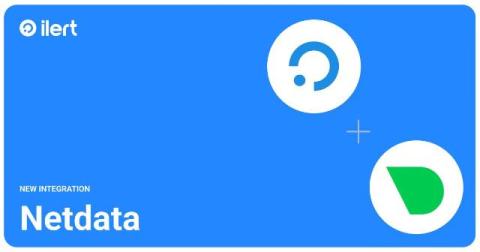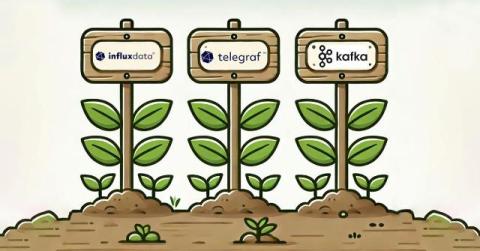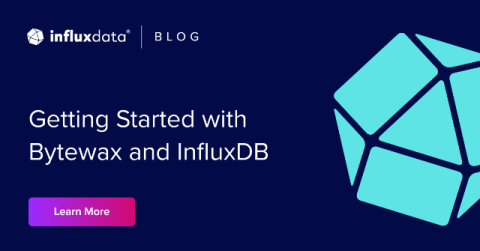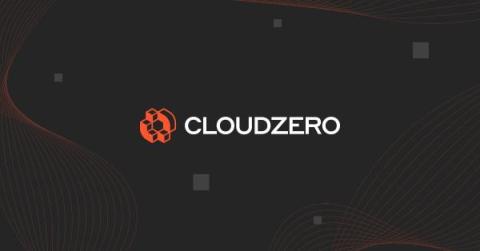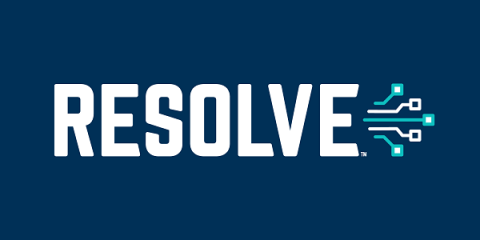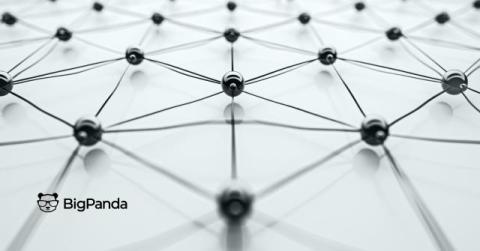New Integration in ilert Catalog: Netdata
We’re thrilled to announce that we’ve integrated with Netdata, a popular open-source monitoring solution, to give you more visibility and control over your systems. This powerful combination enhances your ability to monitor, detect, and respond to system alerts in real time.


